That's a good point. Still, there is a certain 'cachet' about a stone that naturally attained its beauty over millions of years as opposed to something that can be essentially mass produced. In other words, I think part of what some people like about gems is their rarity.
This cutter has more comments about heating/irradiating tourmalines: http://www.faceters.com/how_to_buy/buy1.shtml
This cutter has more comments about heating/irradiating tourmalines: http://www.faceters.com/how_to_buy/buy1.shtml

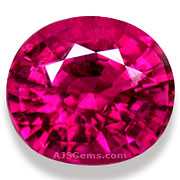
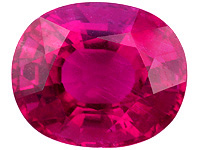
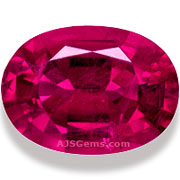
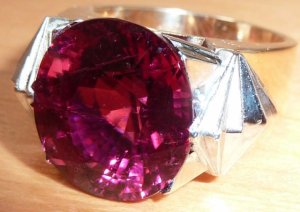
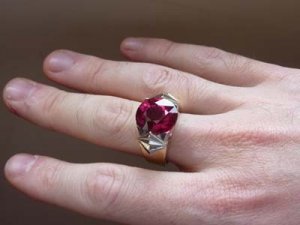
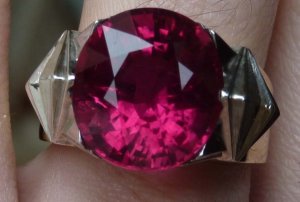


300x240.png)